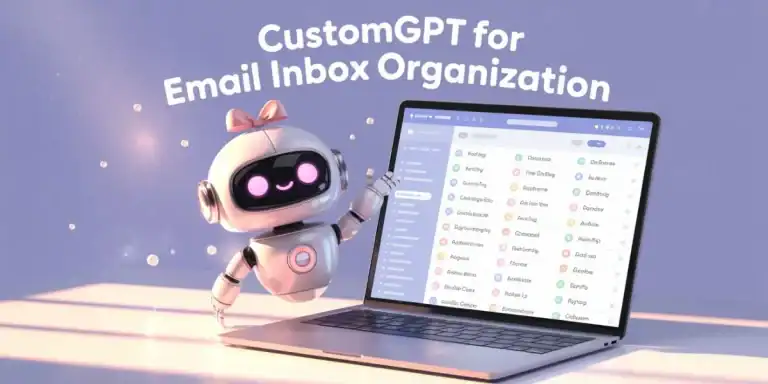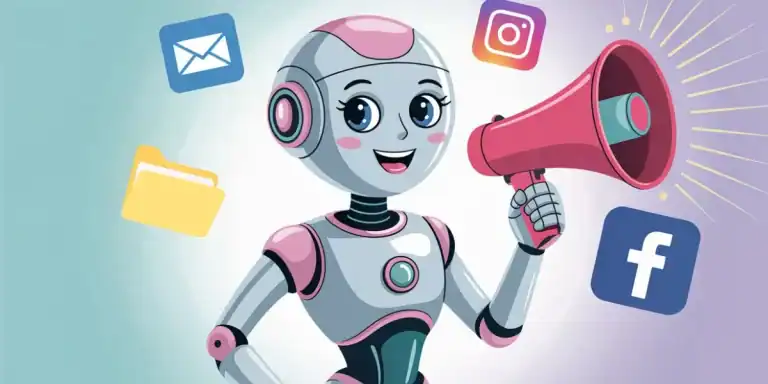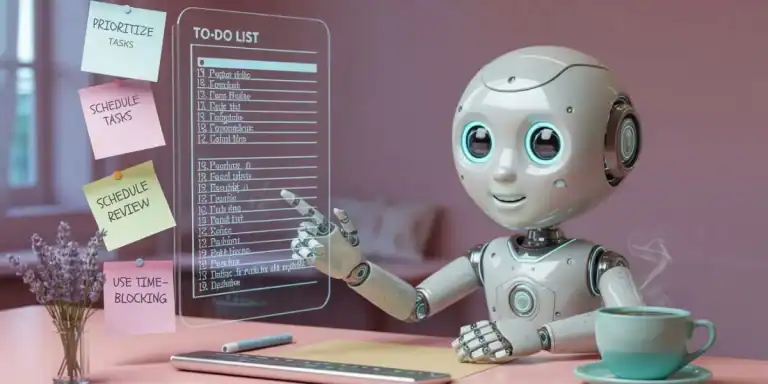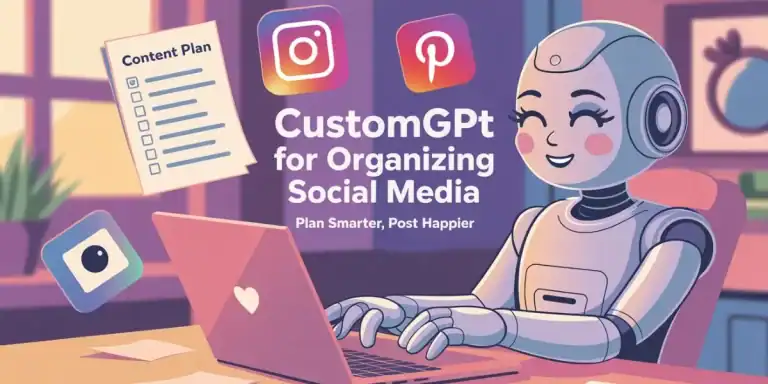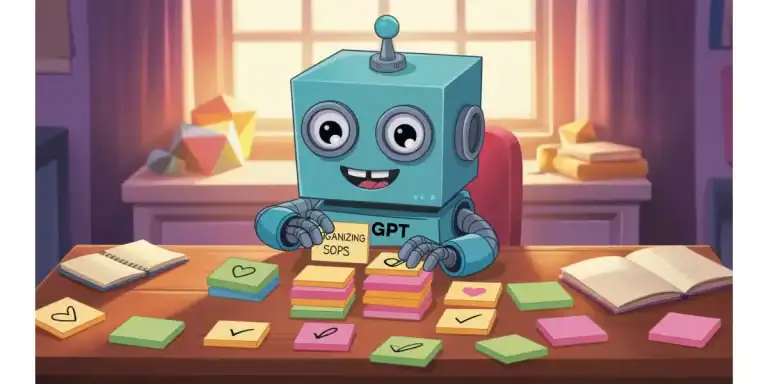CustomGPT for Email Automation: The Simple Way to Save Time
Email is still one of the best ways to stay connected with your audience, promote your offers, and build trust. But let’s be honest, writing emails takes time. If you’ve ever stared at a blinking cursor wondering what to say, you’re not alone. I have been there. More times than I would like to admit.
That’s where a CustomGPT comes in. Instead of starting from scratch every time, you can create a version of ChatGPT that knows your business, your tone, and what kind of help you need with email content. With the help of my Custom GPT for email, I can draft 8 weekly content emails in less than 15 minutes, that's 2 months worth!
Let’s walk through how it works — and how it can make email writing feel a whole lot easier.
What is a CustomGPT?
A CustomGPT is your personalized AI writing helper, through ChatGPT. You set it up once with your tone, preferences, and specific instructions, and it helps you brainstorm, draft, and refine email content quickly.
It’s not technical. You don’t need to know how to code or install anything. You just fill out a few prompts and examples — and boom, you have a reliable email assistant ready to go whenever you need it.
There's also other CustomGPT's you can use in your business that will help you save time and be more productive, for example, an SOP GPT!
Plus if you're using other tools like Google Sheets (check out my Blog Post Tracker Spreadsheet) or Google Docs for SOPs (Email Marketing SOP Template), this adds another layer of support that keeps things consistent and fast.

Why Use a CustomGPT for Email Writing?
You probably have emails you want to send — welcome sequences, product updates, launch promos, or weekly newsletters. But life gets busy. And when you’re juggling everything else in your business, email often gets pushed to the bottom of the list.
Here’s how a CustomGPT can help:
- Drafts faster – Get newsletter content written in minutes, not hours
- Stay on brand – It uses your tone and style every time
- Consistency – Show up in your subscribers’ inbox without scrambling
- Less mental load – You don’t have to “come up with something” every week
Instead of reinventing the wheel, you get reusable support that matches your brand and saves you time — whether you're writing a welcome email or announcing your latest launch.

What Types of Emails Can It Help With?
Your CustomGPT can be built to support your email marketing strategy, including:
Newsletters
Regular emails that share updates, curated content, or fresh ideas with your audience. These build consistency and keep you top of mind. You can include blog post roundups, quick tips, personal notes, and announcements.
Weekly updates
These are time-sensitive emails sent on a predictable schedule (e.g., every Monday). They can include what you’re working on, changes in your niche, weekly themes, or actions your audience can take immediately.
Helpful tips or tutorials
These emails offer a specific how-to or educational tip that delivers standalone value. Perfect for building authority and trust, they can be a mini version of your blog posts or link to a more detailed tutorial on your site.
Short on time? Do you need help with something now?
Here's 3 CustomGPT prompts that you can use RIGHT NOW!
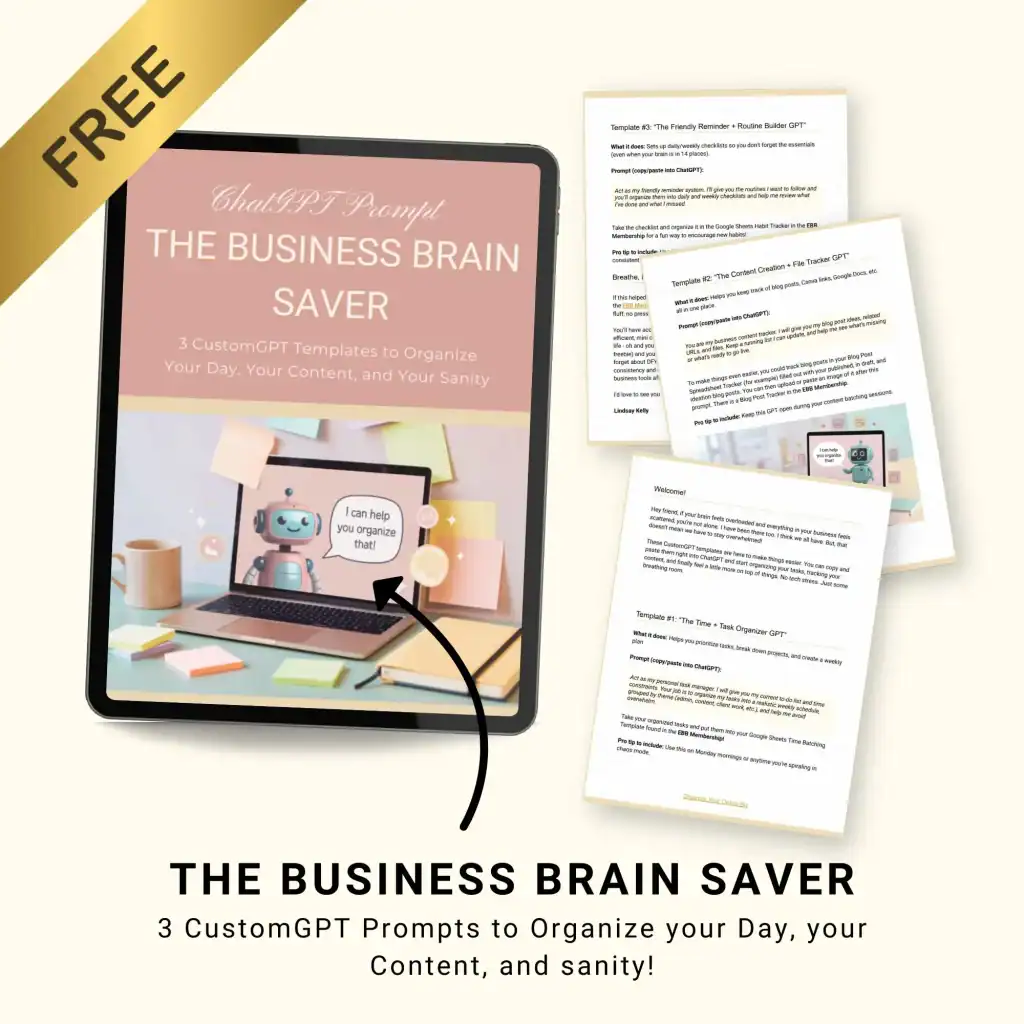
Behind-the-scenes or personal insights
Emails that reveal your real-life experiences, struggles, and behind-the-scenes moments. These are powerful for building emotional connection, showcasing authenticity, and reminding your audience there’s a real person behind the brand.
Launch & Promo Emails
These support product or course launches with emails that create excitement, explain benefits, and drive urgency. They include everything from sneak peeks and countdowns to sales pitch-style emails with testimonials or bonuses.
Product or course launches
A sequence of emails that walk subscribers through your offer’s value, who it’s for, why you created it, and how it helps. Launch emails are designed to inform, build desire, and convert readers into buyers.
Flash sales or seasonal offers
Emails announcing time-limited discounts or exclusive deals, often tied to holidays or events. These create urgency and FOMO, encouraging quick action from subscribers looking for a great deal.
Cart open/close reminders
Essential for launches or limited-time offers, these remind subscribers when your offer becomes available and when it's about to disappear. They help boost conversions by prompting last-minute action.

Welcome Sequences
A series of emails that introduce new subscribers to who you are, what you offer, and what they can expect. Great welcome sequences build trust, highlight key content or freebies, and guide readers toward your core offers.
Introduce yourself and your brand
The first email in a welcome sequence that shares your story, values, and why you do what you do. This creates a personal connection and sets expectations for future emails.
Highlight top blog posts or products
An early email in your sequence that curates your best-performing or most helpful content. It positions you as a helpful guide and drives traffic to your site.
Guide subscribers through what to expect
Let your audience know what kind of emails you’ll send and how often. This sets the tone and reduces unsubscribes by managing expectations from the start.
Follow-up Emails
These are sent after a subscriber takes an action—like opting in to a freebie or making a purchase. They help maintain engagement and often lead to deeper connections or future sales.
After someone opts in to a freebie
A delivery email that provides the freebie, plus follow-up emails with extra tips or relevant offers. This helps build trust and move the reader further down your funnel.
Re-engagement emails
Designed for inactive subscribers, these emails ask if they’re still interested and remind them of the value you offer. Often used to clean your list or spark renewed engagement.
Thank-you messages after purchases
A warm and personal email expressing gratitude after someone buys from you. These can include helpful usage tips, next steps, or even a surprise bonus to increase customer satisfaction.
You can also include sections like quick tips, customer testimonials, content spotlights, or new product announcements — all drafted faster with a helper who gets your business.
How to Set Up a CustomGPT for Email Writing
You can build one right inside ChatGPT using the “Explore GPTs” tool. Here's a quick setup guide:

Step 1: Name It
Call it something clear like Email Content Assistant or Newsletter GPT so you know exactly what it’s for.
Step 2: Teach It About You
Explain your niche, your heart audience, what you teach, what problem you solve, etc. You need to tell it all about yourself. For example, I might say:
“I help overwhelmed online content creators—like bloggers, coaches, VAs, and Etsy sellers—organize their digital businesses with simple, plug-and-play Google Sheets templates and systems. This enables them to efficiently manage their content, products, and finances, saving time and reducing chaos. Plus, with PLR options, they can repurpose these tools into products for additional income.”
Make sure you also add tone: “Be friendly and casual, using general chat terminology“
Step 3: Add Instructions
Let it know how to help you. You might be using it for several things like promos and weekly content so you can prompt it to ask you what you're working on today. “At the beginning of each session, ask me what I'd like to work on today.”
Alternatively, you can create start buttons with the following as examples:
- Brainstorm a set of emails based on a certain theme
- Draft weekly newsletters,
- I have a new product. I need some promo emails,
- Let's write an amazing welcome sequence
Step 4: Add Examples
Include a few sample emails you’ve written. These don’t have to be perfect — just enough to show how you like things to sound and flow. This teaches your GPT your tone, layout, and how you typically speak to your audience.
Make sure that this is stuff written by YOU, not AI, otherwise it's learning AI's voice not yours.
Step 5: Add Additional Prompts
Set it up to ask helpful questions like:
- What is the email promoting?
- Who is the target reader?
- What tone should this email have — casual, excited, professional?
- What’s the main call to action?
Step 6: Test & Adjust
Write your next newsletter with its help. See what it comes up with. If the style is off or the structure isn’t quite right, update the instructions or swap in better examples.
And remember — this is your tool. You can tweak it anytime as your offers, audience, or brand voice evolve.
BONUS TIP: Add in batching. Batching is the process of grouping similar tasks together and doing them in one focused session to save time and reduce context switching. Like writing one month of emails at the same time or batching blog posts. So you can add prompts like “when requesting weekly content emails, ask how many I'd like to draft” or “offer to create a monthly theme or seasonal theme, etc.“.
Once you start batching, you'll wonder how you ever accomplished anything without it! Trust me, it's going to save you some serious time.
Get Your Own CustomGPT for Email
So there's a few ways you can do this. You can create one based on the instructions above.
If you're looking for more step-by-step walkthrough instructions, you can can sign up for the GPT Boss Mode course (this is an affiliate link) offered by Pam Allen.
Join my Efficient Biz Builder (EBB) Membership for $9/month where I'm building CustomGPT's to help you organize your biz and become more productive!

FAQs About Using a CustomGPT for Emails
What’s the difference between CustomGPT and regular ChatGPT?
A CustomGPT saves your preferences — like your tone, content type, and instructions. You don’t have to repeat yourself every time. It’s like chatting with a version of ChatGPT that already knows your style.
Can it write entire email sequences?
Yes! You can give it a prompt like, “Write a 3-part welcome sequence for new subscribers,” and it can handle the structure, tone, and flow — all based on how you’ve trained it.
Do I need any tech skills to set this up?
Nope. If you can describe what kind of emails you write and how you want them to sound, you’re good. It’s all done through prompts and examples — no coding required.
Can I pair this with Google Sheets templates?
Absolutely. You can connect your CustomGPT drafts to your email planning SOP, product promo tracker, or even a weekly content dashboard.
Get Out of the Email Writing Rut
You don’t need to dread writing your next email. And you definitely don’t need to write them from scratch every time.
A CustomGPT can save you hours every month, help you stay consistent, and make the whole process feel easier — without losing your voice or quality. It's one of the easiest tools to set up and one of the most useful you’ll use.
If email is on your list (but keeps falling to the bottom), a CustomGPT might be the thing that helps you finally stay on top of it — without burning out in the process.
If you're looking for done-for-you CustomGPT's. I'm busy creating a whole suite of them to help you organize your business and work smarter (not harder). Join the Efficient Biz Builder (EBB) Membership to start today.

Hi, I'm Lindsay!
A blogger dedicated to empowering women entrepreneurs in the online business world. With over 15 years of experience in process documentation and SOP creation, I specialize in streamlining workflows, organizing workspaces, and optimizing digital tools for maximum efficiency. Join me as we transform your business operations with practical insights and budget-friendly solutions.
If This Post Helped You In Any Way, Please Pin One Of These Images Below!
It helps my blog enormously. Thank you!





